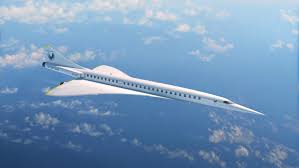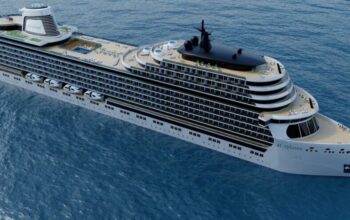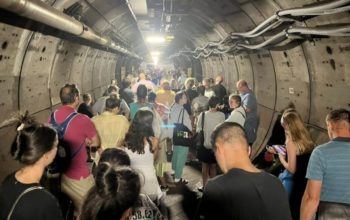“People have always wanted to travel fast, ever since the first person galloped across the plains on horseback,” says Mike Bannister.
Written content from Michael Dempsey via BBC
And he should know. Mr Bannister flew Concorde with British Airways for 22 years. As the airline’s senior Concorde captain he piloted the final commercial flight over London in October 2003 and subsequently the very last flight delivering a Concorde to a Bristol museum.
Nearly two decades later the world is edging closer to again having passenger jets that can fly faster than the speed of sound.
This month, Boom Supersonic rolled out its XB-1 supersonic test plane. It’s the first civilian supersonic aircraft since the Soviet Union’s Tupolev TU-144 in 1968.

The skinny, sharply-pointed machine will allow Boom to confirm aspects of the design of its proposed Overture, a much more elegant delta-winged project that echoes Concorde.
Overture is intended to carry between 65 and 88 passengers across oceanic routes, sparing human populations the supersonic boom generated by its Mach 2.2 speed.
Nasa has a more outlandish test aircraft in the wings, the spindly X-59. This will fly in 2022, chasing the prize of sustained supersonic flight overland. This means finding ways to eliminate, or at least mitigate, the supersonic boom.
Then there’s Aerion, claiming its AS2 design will offer civil supersonic flight by the end of the decade. But with just 8-10 passengers the AS2 is aimed at an entirely new market, that for supersonic business travel. Read more at BBC
Read other business and related stories from News Without Politics
Stay updated on more exciting travel unbiased news stories.
Subscribe to News Without Politics





